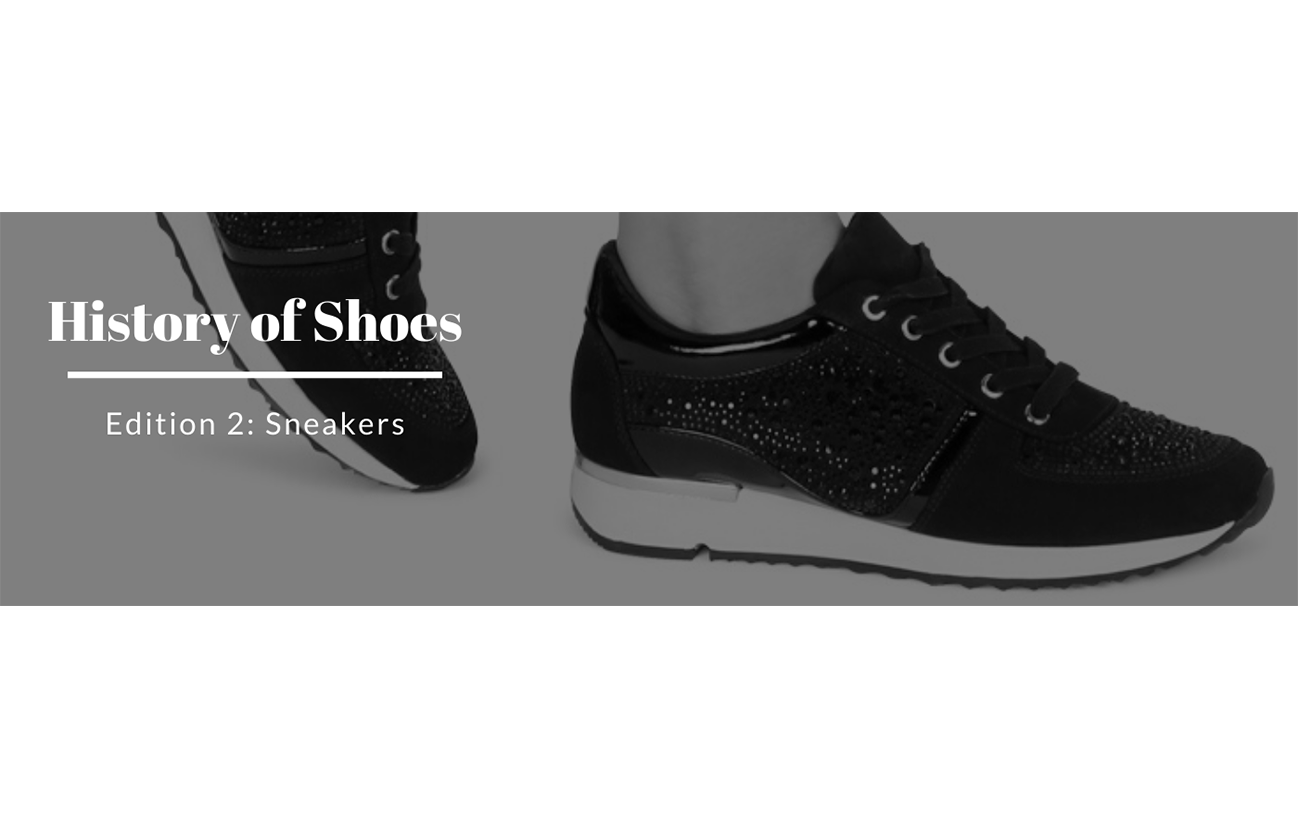The History of Shoes - Boots

Edition 3: Boots
Never a more practical shoe existed.
The earliest evidence takes us to ancient caves of Altamira in Spain: yes, boots are that old. In modern history, we find the Leather Riding Boot traces itself to horseback riders in the 10th century. The design was the result of functional needs. The knee-high boot shaft was to protect the leg from the stiff leather saddle, the sturdy toe was to protect the foot in case it was stepped on by a horse. The heel was used to help keep the foot secure. Getting associated with sports like polo, racing and riding boots became an icon of luxury and style. Today, the versions have heel height experimented, surface ornamented and played with buckles and additional straps.
The Wellington and Cowboy Boots
The Military boots worn by militia since the Middle Ages were heavy. The shorter ones were for non-action and fashionable. Wellington boots were ordered by Duke of Wellington and he asked to modify the military boots for a design that was more fitting around the calf. After this, they went popular as they suited informal occasions and people copied war heroes. Wellington had been the go-to boot choice for cowboys since the start of the Industrial Revolution, but after the Civil War was over in the United States the cowboys driving cattle across the country discovered a need for a different style of boots. It was re-designed for long hours riding on the trails through the brush, splashing through rivers and riding with their feet in stirrups for hours at a time. The cowboy boots were pulled on with long mule-ear which were loose enough on the top so that they could be removed easily in a hurry.
The Heeled Boot
Adding heels was done for cowboys and riders and originally worn by men, especially those who were part of Europe's elite. Eventually, upper-class women wore it but it was not until the 17’th century when it trickled to masses and common women wore it. Today, heeled boots have all lengths and types of heels and are modeled after a number of other boot which may feature in ankle-high to over-the-knee lengths.
The Chelsea Boot
Like Sneakers, the credit to Chelsea Boots goes to Charles Goodyear for without vulcanized rubber, this would not have been a possibility. J. Sparkes-Hall, cobbler to Queen Victoria, actually designed the first Chelsea boot which was then called 'Paddock boots'. It wasn't until the mid-'50s that they found their renowned name after being picked up by the 'Chelsea set' - a group of artists, designers, and socialites that hung about Chelsea and wore the boots. Later, bands such as The Beatles and The Rolling Stones were regularly seen wearing the boot.
Boots in Mainstream Fashion
Hollywood movies since the 1900s must be given credit to popularize the boots. Also, when shoe brands introduced it with various design details, studs, zipper details – experimented with basic material and used rubber was a turning point in the journey of the basic boot. Original boots were heavy and high-ankled. Later, lighter boot with less protection became popular and with the introduction of new production materials and techniques and the popularity of boots as a fashion item boots have been famous in an array of colors and styles. From NBA superstar Allen Iverson draped in fur minks and boots to supermodel Cara Delevingne pairing them perfectly with chic dresses or sweat pants boots have reached places. Diana, Princess of Wales, who issued the style with an aristocratic seal of approval in the late ‘80s wore informal brown cowboy to a polo match in Windsor, England in 1988 – these are really the moments which spread the style and made statements in the journey of boots in footwear fashion-scape.


Leave a comment
This site is protected by hCaptcha and the hCaptcha Privacy Policy and Terms of Service apply.